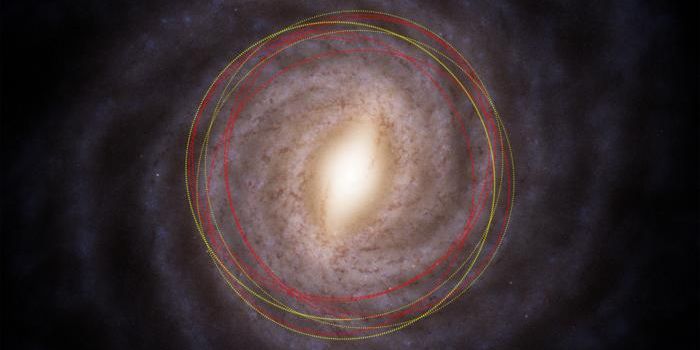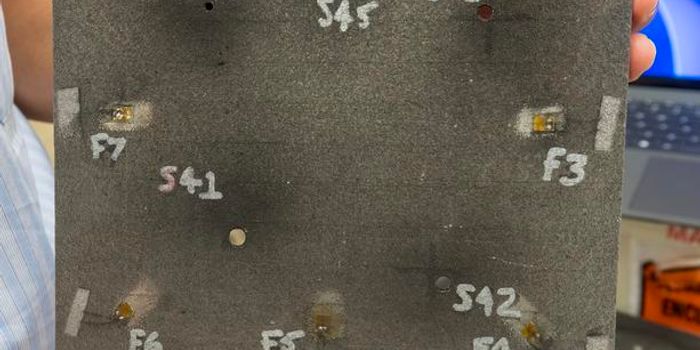This NASA Rocket Will Spend 15 Minutes Gawking at the Sun with X-Ray Vision
NASA is currently eyeballing Friday, September 7th for the third consecutive launch of its Focusing Optics X-ray Solar Imager (FOXSI), a space vehicle specially-equipped with X-ray vision intended for studying the Sun’s surface.
FOXSI is a sounding rocket, which unlike traditional space satellites, only spends about 15 minutes in outer space before running out of fuel and falling back to Earth’s surface. Within that seemingly-insignificant time window, NASA hopes to harness FOXSI’s X-ray capabilities to gather meaningful data about the processes taking place on and beneath the Sun’s surface.
Image Credit: JAXA/NASA/Hinode/FOXSI
NASA hopes this launch will provide a unique opportunity for researchers to study nanoflares; these are fundamentally tiny explosions that transpire on the solar surface when magnetic field lines snap, and they occur in innumerable quantities.
Nanoflares can’t be observed in visible light, and that’s where FOXSI’s X-ray vision comes in handy. The sounding rocket will fly a staggering 190 miles above Earth’s surface, breaking free of the planet’s atmosphere to make unobscured observations.
“FOXSI is the first instrument built specially to image high-energy X-rays from the Sun by directly focusing them,” explained Lindsay Glesener, the principal investigator of the mission. “Other instruments have done this for other astronomical objects, but FOXSI is so far the only instrument to optimize especially for the Sun.”
This video depicts what the surface of the Sun looks like in various kinds of light. Credit: NASA
Related: When will the next solar eclipse be in the United States?
When a nanoflare takes place on the solar surface, it ejects charged particles at nearly the speed of light and super-heats the surrounding region of plasma to temperatures of millions of degrees Fahrenheit. Given just how much energy nanoflares pack, these reactions are of particular interest to scientists.
But as NASA explains, observing these reactions is no easy task. It’s challenging to focus X-ray images, but FOXSI possessed a specially-calibrated system that can do this.
As we mentioned earlier, this is FOXSI’s third flight; the rocket flew initially in 2012 and again in 2014. Each time, the rocket helped astronomers study the Sun with X-ray in greater detail. But this time around, FOXSI has been fitted with a powerful new telescope that should achieve higher sensitivity and more precise images than ever before.
If everything goes well, we should soon have some of the clearest pictures of solar nanoflares ever snapped, enabling researchers to study them and their internal mechanisms in unprecedented detail.
Source: NASA









